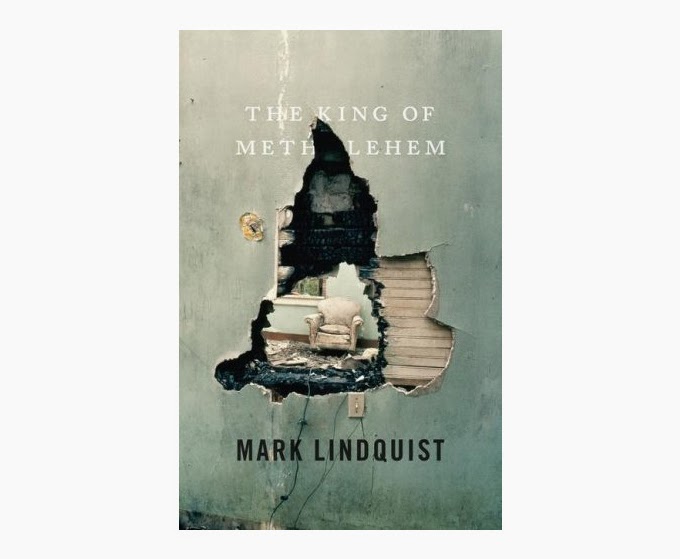References
Bear, J. (2014). Form Follows Function in Graphic Design and Desktop Publishing. [online] About.com Desktop Publishing. Available at: http://desktoppub.about.com/od/graphicdesign/a/formfunction.htm [Accessed 12 May. 2014].
Kidd, C. (2012). Designing books is no laughing matter. OK, it is.. [online] Ted.com. Available at: http://www.ted.com/talks/chip_kidd_designing_books_is_no_laughing_matter_ok_it_is [Accessed 05 May. 2014].
Kidd, C. (2013). Go. 1st ed. pp.29, 35, 41.
Laughlin, J. (1956). The Book Jackets of Alvin Lustig. 10th ed. p.5.
Mediabistro.com, (2011). Quote of Note | Chip Kidd - UnBeige. [online] Available at: http://www.mediabistro.com/unbeige/quote-of-note-chip-kidd_b16869 [Accessed 4 May. 2014].
Pabook.libraries.psu.edu, (2010). Chip Kidd. [online] Available at: http://pabook.libraries.psu.edu/palitmap/bios/Kidd__Chip.html [Accessed 10 May. 2014].
Sf-encyclopedia.com, (2014). Authors : Kidd, Chip : SFE : Science Fiction Encyclopedia. [online] Available at: http://www.sf-encyclopedia.com/entry/kidd_chip [Accessed 10 May. 2014].
Vienne, V. and Kidd, C. (2003). Chip Kidd. 1st ed. New Haven, CT: Yale University Press, pp.10, 13, 14, 16.



















.jpg)














.jpg)




